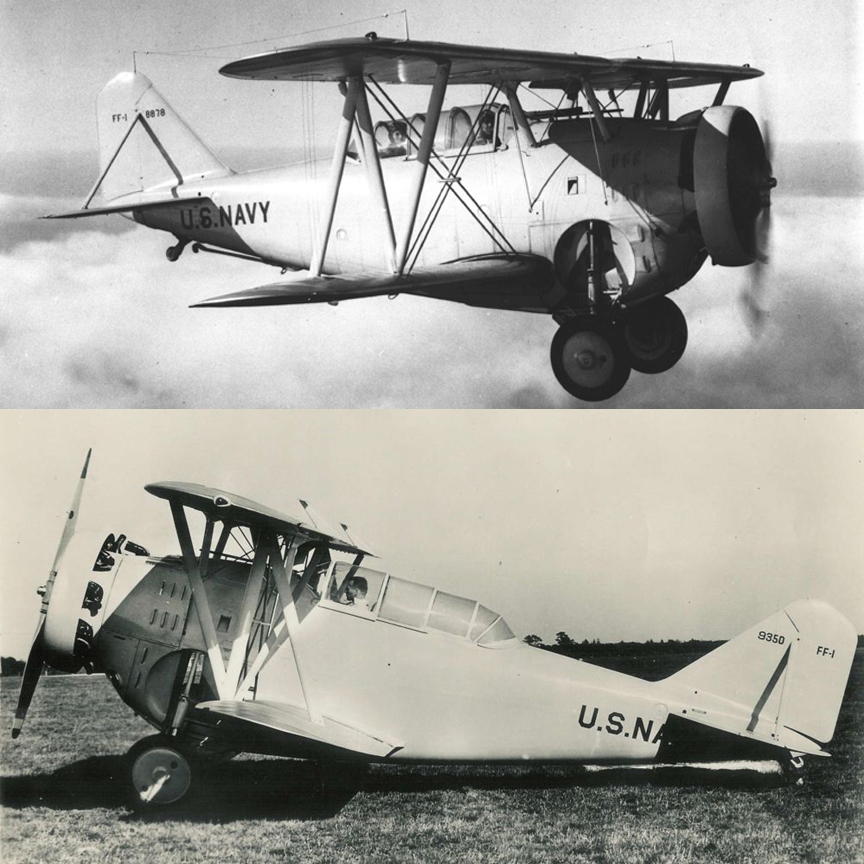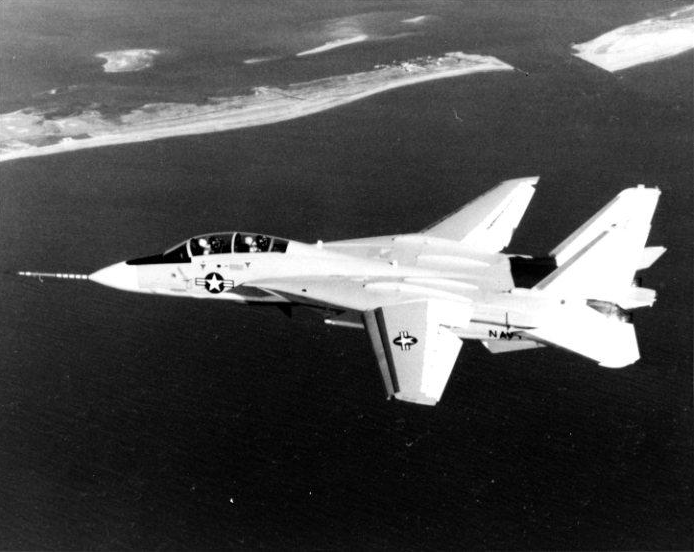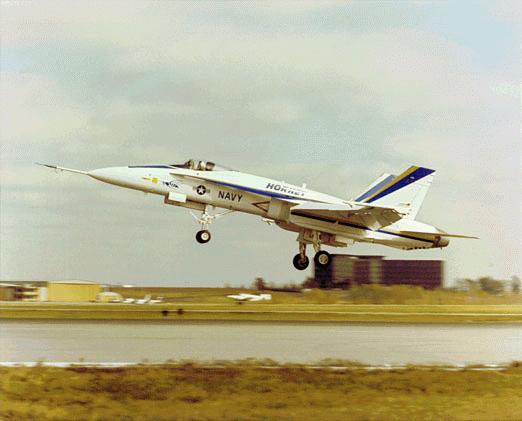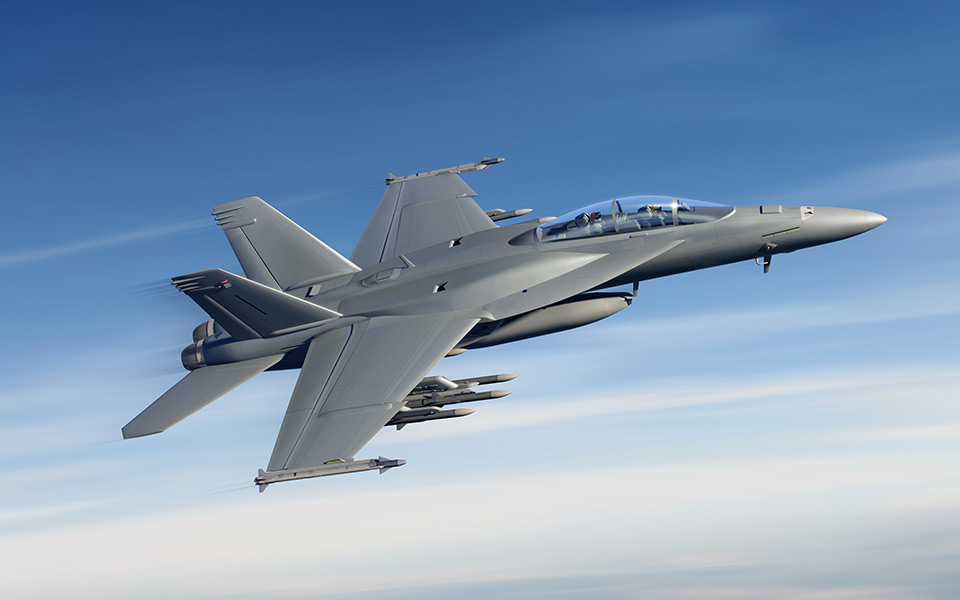There was a Facebook post from the Naval Aviation Museum yesterday, commemorating the first flights of Grumman’s first (FF-1) and last (Tomcat) fighters, which occurred 39 years apart to the day, Dec 21 1931 and 1970. A lot of design evolution in 39 years.


I looked it up, and this year is 39 years since the first flight of the YF-18 (Nov 18, 1978). So 39 years got Naval Aviation from a biplane to a Mach-2 interceptor; 39 years more, the same basic airframe is still in service.


My question is, did innovation in military aircraft design slow down so much because there are no more big leaps to be made? Or is there some other underlying reason? Why did we go from innovation to preferring refinement of existing designs?


I looked it up, and this year is 39 years since the first flight of the YF-18 (Nov 18, 1978). So 39 years got Naval Aviation from a biplane to a Mach-2 interceptor; 39 years more, the same basic airframe is still in service.


My question is, did innovation in military aircraft design slow down so much because there are no more big leaps to be made? Or is there some other underlying reason? Why did we go from innovation to preferring refinement of existing designs?

